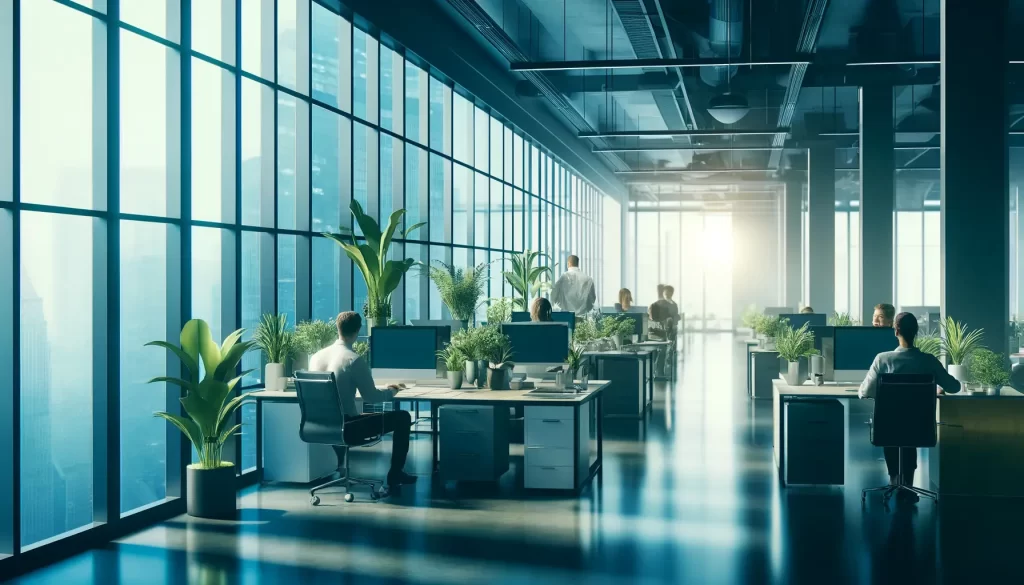Enhancing Workplace Efficiency: The Purposes and Benefits of Commercial Tinting

In the current competitive business environment, corporations are continually seeking innovative methods to enhance workplace efficiency, with one such method being commercial tinting. This technique, often overlooked, has numerous benefits that extend beyond merely aesthetic enhancements.
Commercial tinting, a process that involves applying a thin layer of laminate film to a window’s surface, can significantly contribute to improving a work environment’s efficiency and productivity. The benefits of this technique range from energy savings due to reduced need for air conditioning, increased privacy, and protection from harmful ultraviolet rays, to improved employee comfort and concentration.
As we embark on this exploration, there is much to be unraveled about the utilitarian value of this often underappreciated technique.
Understanding Commercial Tinting
What exactly is commercial tinting, and how does it contribute to a more efficient workplace?
Commercial tinting refers to the application of a thin, transparent film to the interior or exterior of a building’s windows. This tinting film serves multiple purposes, including reducing glare, enhancing privacy, and conserving energy by controlling solar heat gain. These benefits result in a more productive and comfortable working environment.
Employees experience fewer distractions due to glare and feel more at ease with heightened privacy. Energy savings translate into lower operating costs, making the business more efficient. Thus, commercial tinting is an investment that promotes a sense of belonging, while also contributing to the overall efficiency and productivity of the workplace.
Commercial Tinting: Key Benefits and Purposes
There are several key benefits and purposes of commercial tinting that significantly contribute to an improved, efficient working environment. First, it enhances privacy and security, thus fostering a sense of safety among employees.
Second, it reduces glare on electronic screens, thereby increasing productivity and reducing eye strain.
Third, it effectively controls the amount of sunlight entering the workspace, ensuring a comfortable and stable temperature throughout the day.
Fourth, it reduces energy consumption, leading to significant cost savings.
Finally, it preserves the lifespan of office furnishings by minimizing sun damage.
Each of these benefits serves not only to optimize the functionality and cost-effectiveness of the workplace, but also to foster a sense of belonging and wellbeing amongst employees.